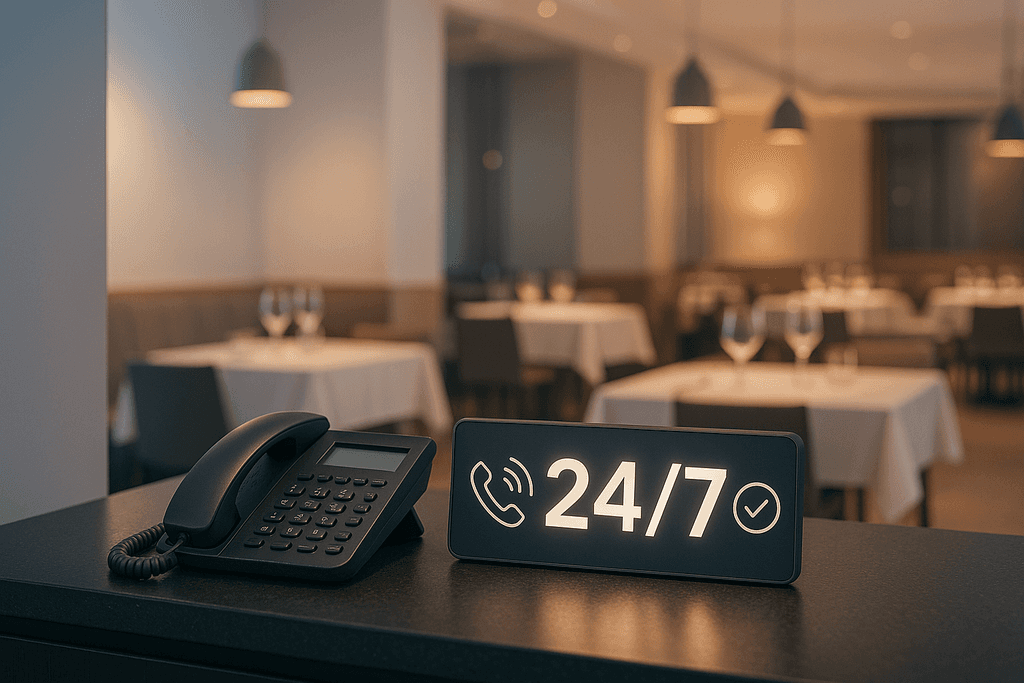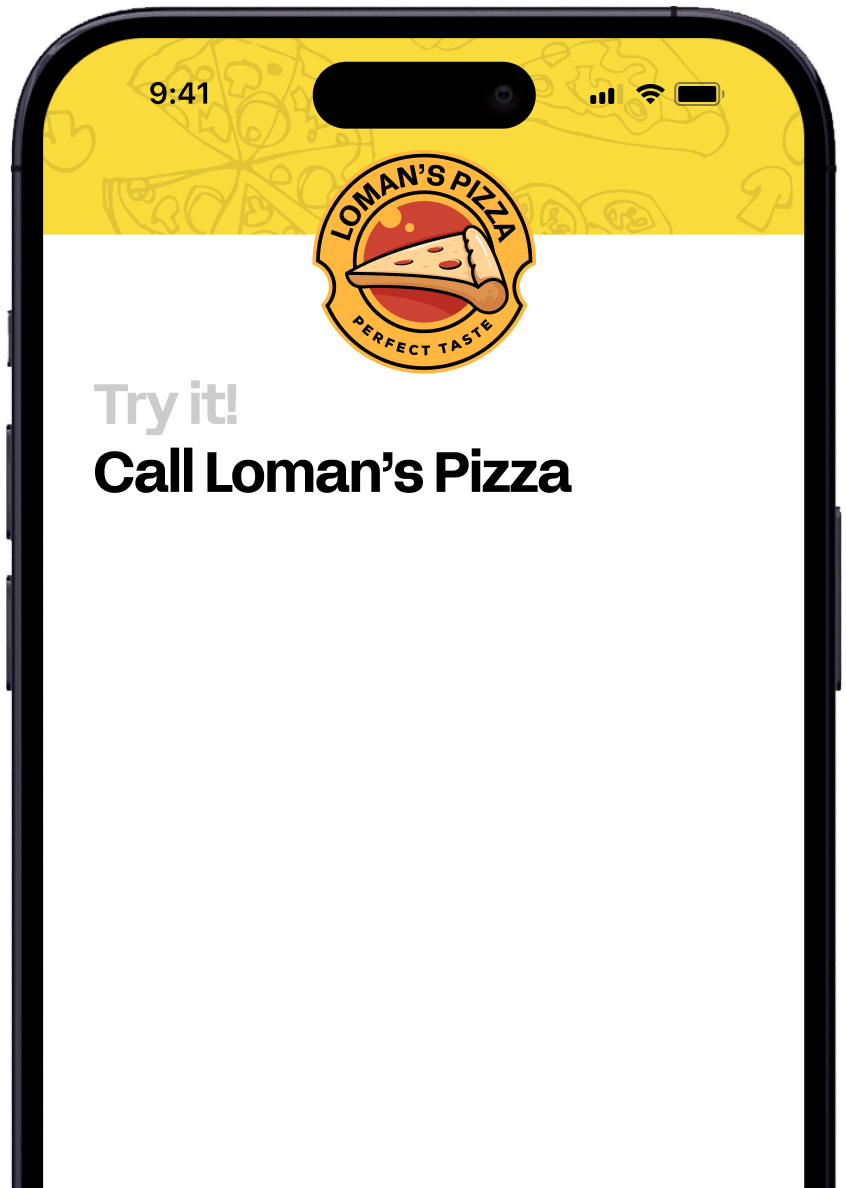July 6, 2025

Cash registers first appeared in restaurants in the late 1800s, marking the start of modern point-of-sale (POS) systems. These mechanical devices simply recorded sales and stored cash. Fast forward to the 1970s, and we saw the first computerized POS systems emerge, offering basic digital record-keeping.
The real game began in the 1980s and 90s when POS systems started handling more complex tasks:
However, these early digital systems had their share of headaches. They were often slow, prone to crashes, and required extensive training to use effectively. Many fast food workers dreaded using them during rush hours.
The 2000s brought cloud-based POS systems, which opened up new possibilities:
Today's POS systems are a far cry from their ancestors. They offer features that restaurant owners of the past could only dream of:
But the evolution isn't stopping there. AI is now entering the POS arena, promising to take restaurant efficiency to new heights. Let's take a look at how AI is being integrated into modern POS systems:
As you can see, AI is enhancing POS capabilities in ways that were unimaginable just a few years ago. These advancements are particularly exciting for fast food restaurants, where speed and accuracy are paramount. Our product, Loman.ai, takes this a step further by integrating AI directly into phone ordering systems, complementing modern POS solutions.
With these rapid advancements, it's clear that POS systems will continue to play a crucial role in restaurant success, especially in the fast-paced world of quick service dining.
AI is changing how fast food restaurants handle orders and serve customers. By connecting AI systems with point-of-sale (POS) tech, restaurants can work smarter and faster.
Here are some of the main ways AI helps:
These features work together to make the whole restaurant run more smoothly. For example, our Loman.ai system handles phone orders accurately and updates the POS automatically.
When fast food places use AI with their POS, they often see big improvements. Here's how it helps:
Let's break down the benefits:
These gains add up fast. One pizza shop owner told us, "We're taking way more orders now, and my team isn't stressed about the phones anymore."
This video shows how POS integration can streamline operations, much like how AI phone systems improve order management.
Adding AI to your POS isn't just about buying new tech. It's about making it work for your specific restaurant. Here's how to do it right:
Look for AI-POS solutions that fit your menu and workflow. Ask vendors how their system handles your most common orders and scenarios.
Get your staff on board early. Show them how the AI will make their jobs easier, not replace them. Offer hands-on training sessions.
Keep an eye on key stats like order accuracy and average ticket size. Use this data to fine-tune your AI settings and staff training.
Remember, the goal is to enhance your service, not completely change how you work. Start small, maybe with just phone orders, and expand as you see results.
By following these steps, you'll set your restaurant up for success with AI-powered POS integration. It's not about replacing human touch, but about giving your team tools to serve customers better and faster.
AI is rapidly changing how fast food joints run their show. Let's dig into what's coming down the pike for these eateries.
First up, AI is getting scary good at predicting what customers want before they even order. This means restaurants can stock up on just the right amount of ingredients, cutting down on waste big time. Here's how it breaks down:
But that's not all. AI is also changing how we order our grub. Voice-activated ordering is becoming the new normal, especially in drive-thrus. Imagine pulling up and chatting with an AI that knows the menu inside and out. No more squinting at tiny screens or yelling into scratchy speakers.
Now, let's talk about how AI is tying everything together. It's not just about taking orders anymore. AI is the glue connecting restaurants, delivery apps, and loyalty programs. This seamless integration means:
Speaking of integration, our Loman.ai system is designed to play nice with all these new AI features. It handles calls and integrates with POS systems, making sure no order falls through the cracks. The future of fast food is smart, connected, and surprisingly personal.
AI-powered POS integration is changing the game for fast food restaurants. By automating order taking and streamlining operations, these systems help businesses serve customers faster and more accurately. This tech isn't just a nice-to-have anymore - it's becoming essential to stay competitive.
The benefits are clear: fewer missed orders, happier customers, and staff who can focus on making great food instead of juggling phone calls. Plus, with 24/7 availability, restaurants never miss a sale, even during off-hours or rush times.
For restaurant owners wondering how to get started, Loman.ai offers an AI phone agent that integrates seamlessly with existing POS systems. It's designed specifically for restaurants, handling everything from simple orders to complex customer questions.
As the fast food industry keeps evolving, staying ahead means embracing new tech. AI-powered systems aren't just for big chains anymore - they're accessible tools that can help restaurants of all sizes boost their bottom line and keep customers coming back.
Curious about how AI might fit into your restaurant's operations? Check out our blog post on AI phone agents for more insights. And if you're ready to see how it works in action, why not schedule a demo? It could be the first step towards a more efficient, profitable future for your business.
The cost varies based on your restaurant's size and needs. Most AI-POS solutions offer tiered pricing plans. While there's an upfront investment, many restaurants see a return within months through increased efficiency and sales. Loman.ai, for example, offers flexible pricing to fit different budgets.
Most AI-POS solutions are designed to integrate with popular restaurant management systems. They often have pre-built connections to major POS providers like Square, Toast, and Clover. If you're using a less common system, many AI providers offer custom integration options.
Data security is a top priority for reputable AI-POS providers. They use encryption and follow strict data protection standards. It's important to choose a provider that complies with industry regulations like PCI DSS for payment data. Always ask about their security measures during your evaluation.
Setup time can range from a few days to a couple of weeks, depending on your restaurant's complexity. Most of this time is spent customizing the AI to your menu and processes. Some providers, like Loman.ai, offer quick setup options that can have you up and running in as little as 24 hours.
Yes, modern AI-POS systems are trained to handle intricate orders, including special requests and modifications. They can understand context and ask clarifying questions when needed. As the AI learns from interactions, it gets better at handling unique situations over time.
While AI systems are highly accurate, they're not perfect. Good AI-POS solutions have built-in error detection and human oversight options. For example, Loman.ai can flag uncertain orders for staff review. Most systems also allow easy corrections and have customer service teams to help resolve any issues quickly.

Enter your information in the form to receive a call from Loman and place an order like a customer would!